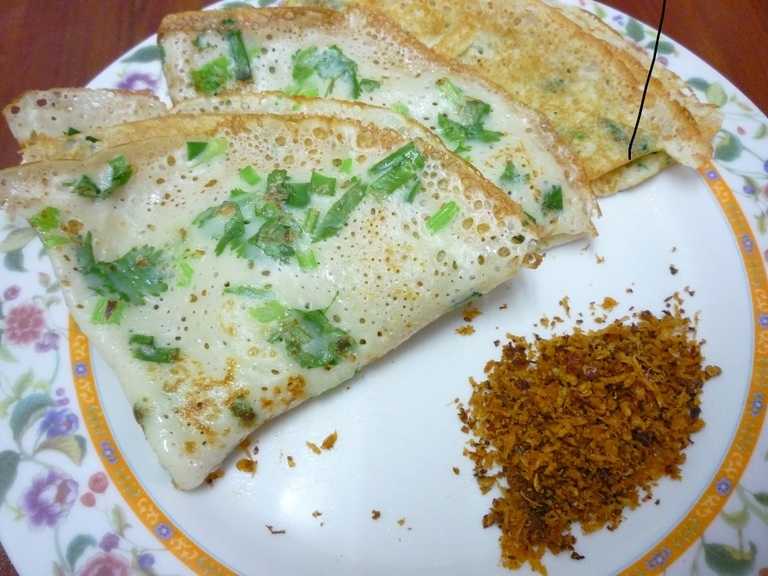What Is Nooch and What Do I Do with It?
“Nooch” also known as nutritional yeast. Unlike brewer’s yeast, which grows on hops (and is used for baking), nutritional yeast comes from a different strain, and is grown from molasses, whey and sugar beets. Although nooch undergoes a special process that renders it inactive for baking, it has so many other wonderful attributes! Nutritional yeast is popular with vegetarians and vegans alike for its easy to use properties. Plus, it tastes amazing! Nutritional yeast is an economical and healthy way to support any eating plan — why not give it a try?
What Are the Health Benefits of Nooch?
Nooch is popular as a non-dairy substitute for people with lactose intolerance. It’s also gluten-free and contains no sugar or soy, which can also be debilitating allergens for many people. Lots of people swear by nooch. It’s high in protein, complex B vitamins, potassium, iron and calcium. It’s also an inexpensive way to get valuable nutrients!
The benefits that nutritional yeast may offer people include:
- Energy boosting. This is particularly helpful for vegans and vegetarians who may not get all the nutrients they need from a meat and dairy based diet, which is high in B vitamins.
- It’s helpful for people who suffer from skin conditions and hair loss as well as brittle nails, by providing additional protein.
- Nooch supports the immune system by offering a barrier from bacterial infections, particularly in the gut. It may also help ease inflammation in joints when used regularly.
- Some pregnant women claim it helps relieve morning sickness and gives them the extra energy they need toward the end of their pregnancy.
How Do I Use Nutritional Yeast?
Nooch can look like a bright yellow powder or small, yellow flakes, and it can usually be found in the bulk section or health food section of your local market. It is a great substitute for powdered cheeses (think mac and cheese) and can also be added to soups or stews to add flavor and nutrients. Another very useful way to utilize nooch is as a thickener for sauces and gravies.
It’s got a delightfully nutty, mildly cheesy flavor and tastes great on popcorn, sprinkled on a salad or over steamed veggies, and gives baked potatoes a cheesy flavor! Stir it into hummus or swirl some into mayonnaise for a creamy sandwich spread. Why not spoon some into a smoothie for an extra shot of energy-boosting B vitamins to start your day?
Try this super easy first-timer recipe if you are interested in implementing nutritional yeast into your eating plan! This simple yet tasty cheese sauce will give you a feel for how nooch works and what it tastes like. Put this cheese sauce on baked potatoes, broccoli, cauliflower or even in nachos! It is not only easy to make; it also tastes great and is good for you!
Easy “Nooch” Sauce
Time: 10 minutes
Servings: 3
Ingredients:
- 1 cup full fat coconut milk
- 3 T. nutritional yeast
- 2 T. tapioca flour
- ½ t. salt
- ½ t. onion powder
- ¼ t. garlic powder
Directions:
1. Place all the ingredients in a saucepan. Whisk carefully and then heat to a boil.
2. Lower the heat to a simmer and cook until thickened. Don’t overcook. Use immediately for drizzling, dipping and dunking!
Nutrition Facts
Servings: 3
Amount per serving
Calories 206
% Daily Value*
Total Fat 16.6g21%
Saturated Fat 14.7g 74%
Cholesterol 0mg0%
Sodium 414mg 18%
Total Carbohydrate 9.9g4%
Dietary Fiber 2.6g 9%
Total Sugars 1.5g
Protein 6g
Vitamin D 0mcg 0%
Calcium 10mg 1%
Iron 2mg 11%
Potassium 246mg5%
*The % Daily Value (DV) tells you how much a nutrient in a food serving contributes to a daily diet. 2,000 calorie a day is used for general nutrition advice.
Are There Any Side Effects of Using Nooch?
As long as nooch is gradually introduced into your diet, you shouldn’t have any problems. However, some people have noticed an increase in abdominal gas, cramps, or diarrhea if too much is introduced too soon.
How Do I Store Nooch?
Just like regular yeast, keep your nooch in a cool, dry place in an airtight container to preserve the B vitamins. Write the date on the outside of the container so you’ll know how long it’s good for. It should keep about two years. Some people keep nooch in the refrigerator or freezer; either way is fine as long as it stays dry and airtight!

